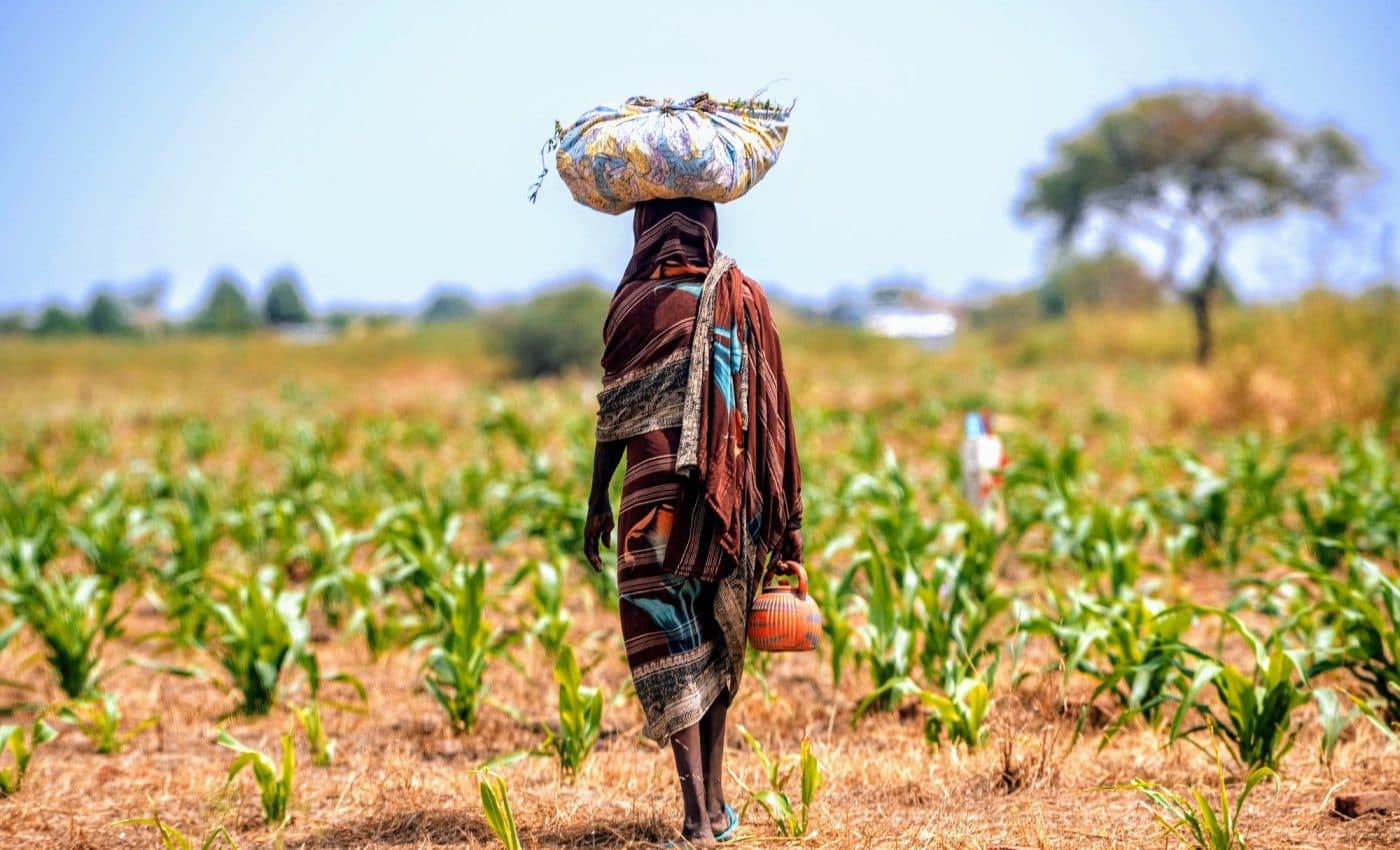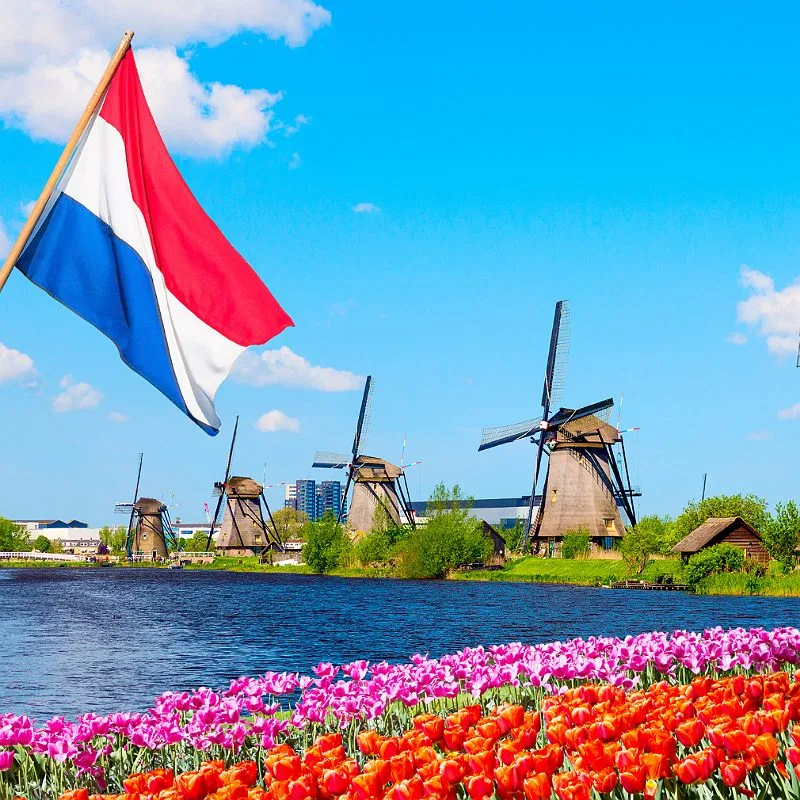In a groundbreaking study, ancient plant remains have been discovered near Lake Victoria in Kenya, offering new insights into early farming practices in equatorial eastern Africa. This exciting discovery confirms the long-held belief that this region was crucial for early agriculture, even though there was previously no physical evidence of ancient crops.

Archaeologists and academics from various institutions collaborated to create the most extensive and well-dated archaeobotanical record from interior East Africa. This region had not previously yielded ancient plant remains. The research clarifies the origins of early plant farming in Kenya, Tanzania, and Uganda, a vast and diverse area.
“There are many stories about how agriculture began in East Africa, but not much direct evidence of the plants themselves,” said Natalie Mueller, an assistant professor of archaeology at Washington University in St. Louis. At Kakapel Rockshelter, Mueller and her team found an extensive collection of plant remains, including many crops.
This historical discovery highlights a history of diverse and adaptable farming systems, challenging stereotypes about Africa. Of particular importance are the cowpea remains found at Kakapel, dating back 2,300 years. Cowpea, thought to have originated in West Africa, marks the earliest known arrival of a domesticated crop in eastern Africa.
“Our findings at Kakapel reveal the earliest evidence of domesticated crops in east Africa, showing the interactions between local herders and incoming Bantu-speaking farmers,” noted Emmanuel Ndiema from the National Museums of Kenya.
Located near the Kenya-Uganda border, north of Lake Victoria, Kakapel Rockshelter is a nationally recognized archaeological site. Its rich deposits span over 9,000 years of human occupation, offering unique insights into the evolution of human societies.
“Kakapel Rockshelter is one of the few sites in the region where we can see such a long sequence of occupation by diverse communities,” said Steven T. Goldstein, an anthropological archaeologist at the University of Pittsburgh. The research is significant for various fields, including historical linguistics, plant science, genetics, African history, and domestication studies.
